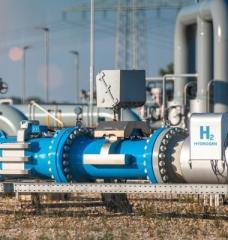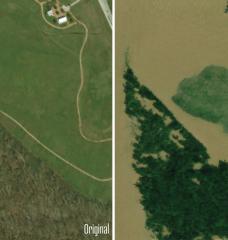
Climate skeptics have long raised doubts about the accuracy of computer models that predict global warming, but it turns out that most of the early climate models were spot-on, according to a look-back by climate scientists at the University of California, Berkeley, Massachusetts Institute of Technology and NASA.
Of 17 climate models published between the early 1970s and the late 2000s, 14 were quite accurate in predicting the average global temperature in the years after publication, said Zeke Hausfather, a doctoral student in UC Berkeley’s Energy and Resources Group and lead author of a new paper analyzing the models.
“The real message is that the warming we have experienced is pretty much exactly what climate models predicted it would be as much as 30 years ago,” he said. “This really gives us more confidence that today’s models are getting things largely right as well.”
The results were published in the journal Geophysical Research Letters and will appear as part of the first chapter of the next climate assessment by the Intergovernmental Panel on Climate Change, due out in 2021.
Hausfather and his colleagues, Henri Drake, who is with the Woods Hole Oceanographic Institution Joint Program in Oceanography at Woods Hole and MIT, Tristan Abbott of MIT's Department of Earth, Atmospheric and Planetary Sciences (EAPS), and Gavin Schmidt of NASA Goddard Institute for Space Studies evaluated the models based on how well they predicted the actual global mean temperature — Earth’s average temperature — based on the levels of carbon dioxide, methane and other greenhouse gases in the atmosphere.
The researchers examined both how well models projected future temperatures and how well they matched the relationship between warming and changes in levels of greenhouse gases after they were published. This second approach accounts for the fact that climate modelers can’t necessarily predict future emissions, which are driven by human behavior rather than atmospheric physics.
“We did not focus on how well their crystal ball predicted future emissions of greenhouse gases, because that is a question for economists and energy modelers, not climate scientists,” Hausfather said. “It is impossible to know exactly what human emissions will be in the future. Physics we can understand, it is a deterministic system; future emissions depend on human systems, which are not necessarily deterministic.”
For the complete article written Robert Sanders, UC Berkeley, click here.






